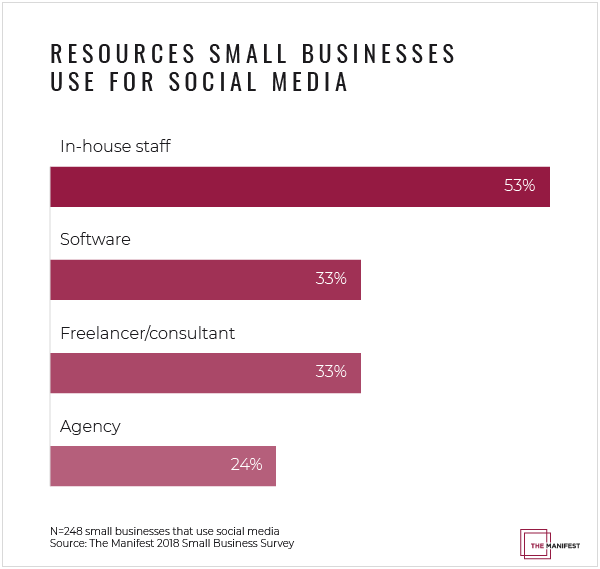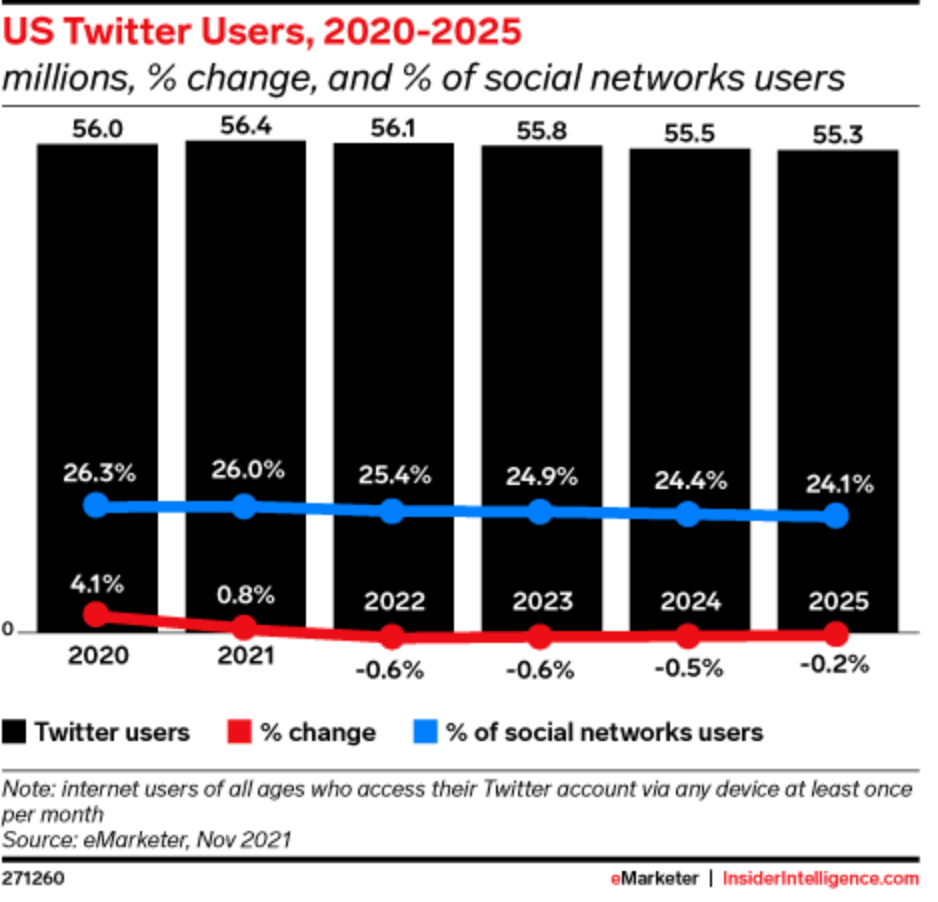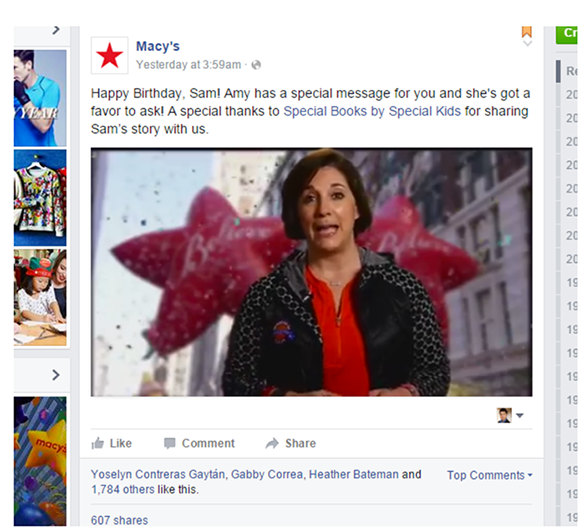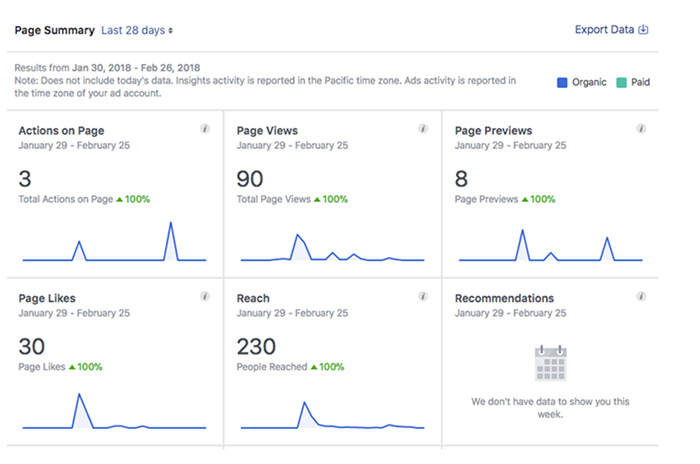5 Steps to Create a Multi-Platform Social Media Strategy

5 Steps to Create a Multi-Platform Social Media Strategy
92% of small businesses planned to increase their investment in social media in 2018. Follow these five steps to expand your social media presence and drive results.
Updated March 31, 2022
A multi-platform social media strategy is like a Rubik's cube. Each social platform presents its own unique challenge. When you align these channels cohesively, the result is both impressive and effective.
However, tweaking all these moving parts in real-time can make your head spin.
A 2018 survey found that small businesses rely on a variety of resources – from in-house staff to freelancers to social media management software – to orchestrate their social media presence.

If you solve this social media puzzle, great complexity brings great reward.
Explore social media marketing pricing to help your business grow to different platforms.
Expanding your brand across multiple networks will compound your brand’s following. Cross-promotions allow for enhanced engagement opportunities. Plus, you'll expand your credibility in a way that helps to drive sales and retain customers.
Here are five steps to creating an effective multi-platform marketing strategy for social media.
You’ll get tips, tools, and examples from leading brands to point the way to social media success across multiple networks.
- Create goals for social that solve business challenges
- Choose the right social media platforms
- Create unique content for social media
- Cross-promote your brand
- Analyze & optimize your social media strategy
1. Set Goals for Social That Solve Business Challenges
Effective strategies are rooted in relevant business objectives.
Simply put, the possibilities of social media marketing are too numerous to tackle without clear goals.
You can use social media to:
- Generate leads
- Grow sales
- Provide customer service
- Improve brand awareness
- Enhance customer loyalty and retention
A clear image of success will guide your platform selection, visual content creation, written social media content, and your engagement strategies. How you engage your target audience will change given your goal and the social media account.
For example, a lead generation marketing campaign on LinkedIn will use different content and language than a brand awareness campaign on Instagram.
Each objective has its own set of key social media metrics. Brand awareness means focusing on engagement metrics like followers, mentions, and shares. If you’re generating leads, track downloads for gated content and clicks on social media posts.
Social media tools like SproutSocial and SocialBakers can help you monitor key metrics for social media success.
2. Choose the Right Social Media Platforms
You’ll want to engage with the social networks preferred by your customers. This will help you to reach the widest audience and generate the greatest return on investment (ROI).
To find your customers, examine the demographics of your most valuable social media channels.
Twitter is big with the millennial demographic, but growth is expected to decline in the next few years.

Each platform offers unique advantages and disadvantages to engaging your audience.
Facebook has nearly 3 billion users, but the social giant might not be your best investment given the steady decline in organic reach, especially with recent controversies. Instagram offers higher rates of engagement and could be a better choice for your brand with the amount of visual content and reels. TikTok is also experiencing larger engagement with Gen Z.
However, if you’re a SaaS company with a product that defies visual representation, Instagram might not work. It's better to reach your tech-savvy customers on Twitter where reading news through tweets is commonplace.
Once you know where your audience spends time online, play to the strengths of your offering and each platform.
Here are some pointers to help you select your best platform:
- Facebook offers the largest network and the lowest organic reach, but compensates with robust paid advertising capabilities.
- Pinterest is widely preferred by women and converts to sales better than any other platform.
- Twitter revolves around 140-character interactions, 80% of which happens on mobile.
- LinkedIn caters to the B2B community across 200 countries. The average user spends 17 minutes on LinkedIn per visit and 40% use the site daily.
- Instagram translates brand value into visual appeal. This platform is popular with millennials and international users, as 80% of Instagram users are outside the U.S.
- Snapchat sustains a predominantly female and millennial user base that thrives on video.
3. Create Unique Content for Social Media
Relevant content is the lifeblood of any effective social media strategy. According to Sprout Social, 41% of consumers will unfollow a brand if the brand shares too much irrelevant content.
Consumers want to follow a brand that’s authentic and cool. Use storytelling to forge an emotional connection with followers and develop a value-driven relationship. Find a branded voice that resonates with your audience.
The challenge is to align your brand's personality with each platform. To create a seamless cross-channel experience, develop a theme for your content and tweak your tone.
In the following example, meditation app Headspace adjusts its messaging strategy to the user behaviors of Twitter and Instagram.

The inquisitive tone caters to Twitter users’ desire for efficiency and productivity while on-the-go. A headshot of the CEO reinforces the brand’s thought leadership on this cerebral network.

Here we see the brand adopt the affirmative language so well-received on Instagram. This helps the brand stay relevant while maintaining a consistent yet distinctive visual aesthetic.
Content marketing and design tools like Canva can help you create striking posts with personality.
4. Cross-Promote Your Brand
Business owners can leverage followers from one platform to grow the others.
Cross-promoting your brand affords you the greatest reach, maximizes your engagement, and drives the fastest growth.
Here are a handful of tactics to cross-promote your brand on social media:
- Add social links to each of your profiles: Your profile biography is highly visible and an ideal place to mention your other social profiles.
- Offer exclusive content on a specific platform: Exclusive content is a strong pull towards your other profiles. The allure of high-value resources, when combined with the fear of missing out (FOMO), can be irresistible.
- Partner with an influencer: Influencers give you access to their engaged and loyal following. Align your brand with a niche-specific person to boost your visibility and kickstart your social media goals.
- Add social icons to marketing emails: If you’re already sending emails, why not invite users to follow you on social media? You could craft a promotion to generate new followers, or just add your social icons to the email footer.
- Cross-promote with another brand on social: Look for a non-competitor in your space with a complimentary audience. This will allow you to reach a similar following and share relevant content for cross-posting with ease.
For example, Macy’s uses Facebook to promote their charity partner, Special Books by Special Kids.

This allows the retailer to showcase their softer side and drum up goodwill on Facebook. A heartfelt video testimonial is an ideal way to highlight the good works of both brands.
5. Analyze and Optimize Your Strategy
Before you can optimize your multi-platform social media strategy, you must assess your campaign performance. According to MarketingProfs, 46% of B2B marketers don’t know if their social media strategy is creating revenue.
To isolate which links on social are driving specific actions on your website, use custom tracking URLs. Available from Bitly, these will let you check the number of click-throughs that arrive from each source on your social media profiles.
Familiarize yourself with the native analytics for each social media platform and your Google Analytics to determine the efficacy of your marketing efforts. Below we see a breakdown of page activity on Facebook Insights.

From here you can track the metrics that relate to your objectives and benchmark your initiatives against the competition.
Paid tools like Buffer, Hootsuite, and SproutSocial help you monitor and refine your cross-platform social media marketing strategy.
This software gives a dashboard view of social media campaigns, key metrics, and offers social listening capabilities to enhance future targeting for conversions.
Multi-Platform Social Media Marketing
To magnify the benefits of your social media marketing, expand your presence through different social media platforms.
Yes, it’s more challenging to manage your business across multiple social media networks.
However, the more expansive your social media presence, the more reach, impact, and revenue you brand can enjoy. Start crafting cross-platform campaigns on social media.
Hire a social media marketing agency from The Manifest
